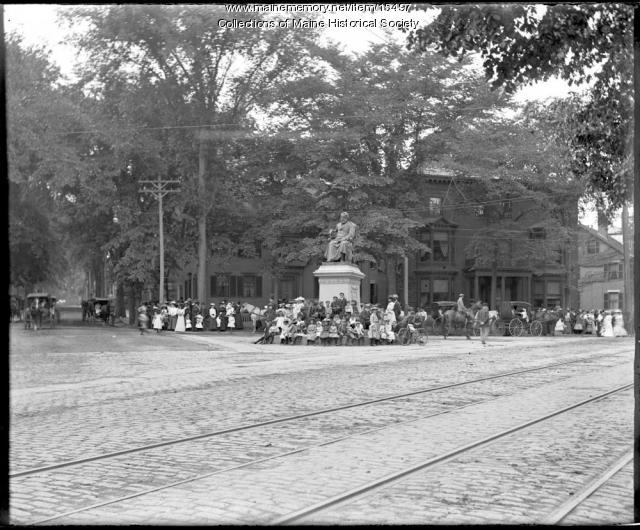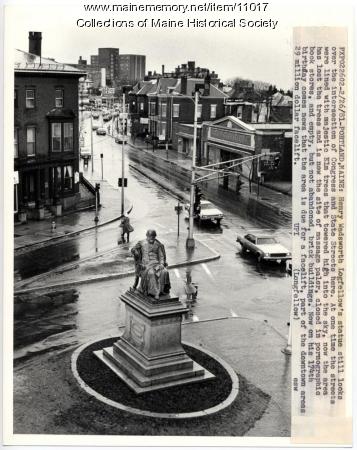P
Patrick
Guest
Hey Franklloymike -- great perspective. I agree. I was unaware that Manchester suffered from razing of many buildings, although it doesn't surprise me because it seems like every city did. In Portland, the Bayside neighborhood and gorham's corner, as well as libbytown (all three neighborhoods surround downtown) were completely demolished. Bayside is a mixture of parking and industrial buildings. Gorham's corner is practically all parking, and libbytown is now an interstate. I guess we just hide it better like someone who is fat but wears it well.











